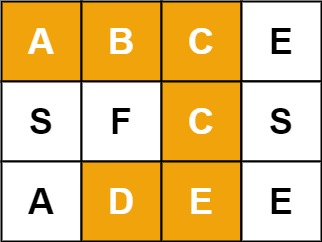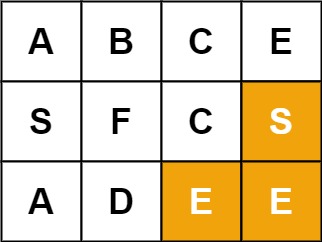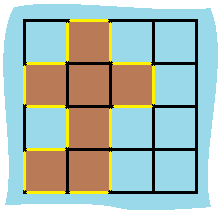Problem: You are given an m x n grid where each cell can have one of three values:
- 0 representing an empty cell,
- 1 representing a fresh orange, or
- 2 representing a rotten orange.
Every minute, any fresh orange that is 4-directionally adjacent to a rotten orange becomes rotten.
Return the minimum number of minutes that must elapse until no cell has a fresh orange. If this is impossible, return -1.
Example:

Input: grid = [[2,1,1],[1,1,0],[0,1,1]] Output: 4
Input: grid = [[2,1,1],[0,1,1],[1,0,1]] Output: -1 Explanation: The orange in the bottom left corner (row 2, column 0) is never rotten, because rotting only happens 4-directionally.
Input: grid = [[0,2]] Output: 0 Explanation: Since there are already no fresh oranges at minute 0, the answer is just 0.
Constraints:
- m == grid.length
- n == grid[i].length
- 1 <= m, n <= 10
- grid[i][j] is 0, 1, or 2.
Approach: This is another BFS problem. We treat this matrix as graph where a cell is connected to another cell if they are neighbour of each other (except diagonal neighbours). We start our BFS with all the initial rotten oranges (grid[x][y] == 2) cells enqueued in a queue.
We keep incrementing the number of minutes at every iteration and make all the fresh oranges neighbours 2 (rotten). Once the BFS ends, we just need to check if there is a cell with fresh orange, if yes then we will return -1 otherwise we return the number of minutes.
Implementation in C#:
public int OrangesRotting(int[][] grid) {
Complexity: O(m x n) where m is number of rows and n is number of columns.










